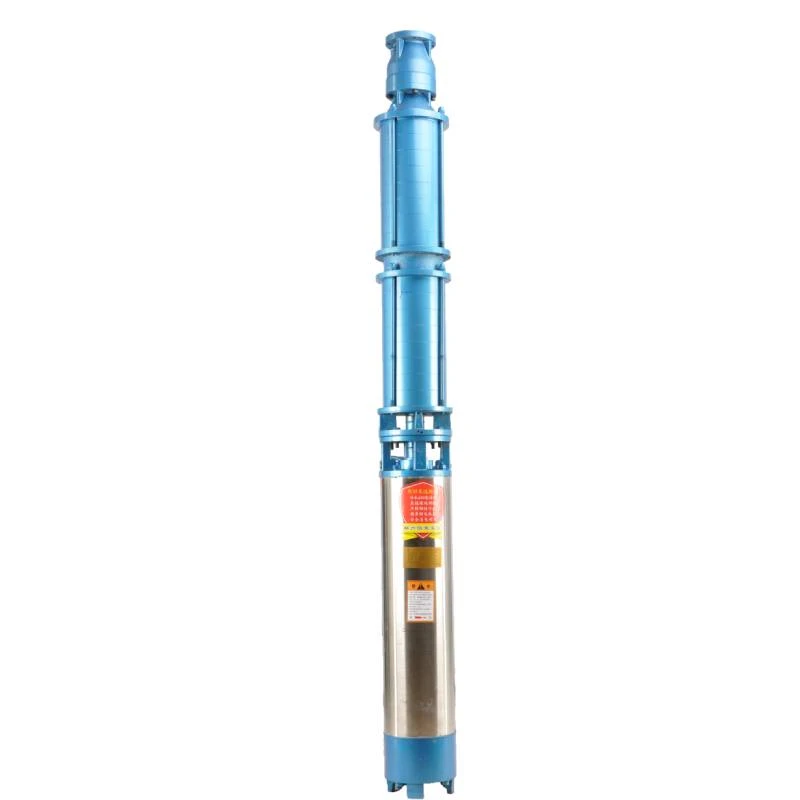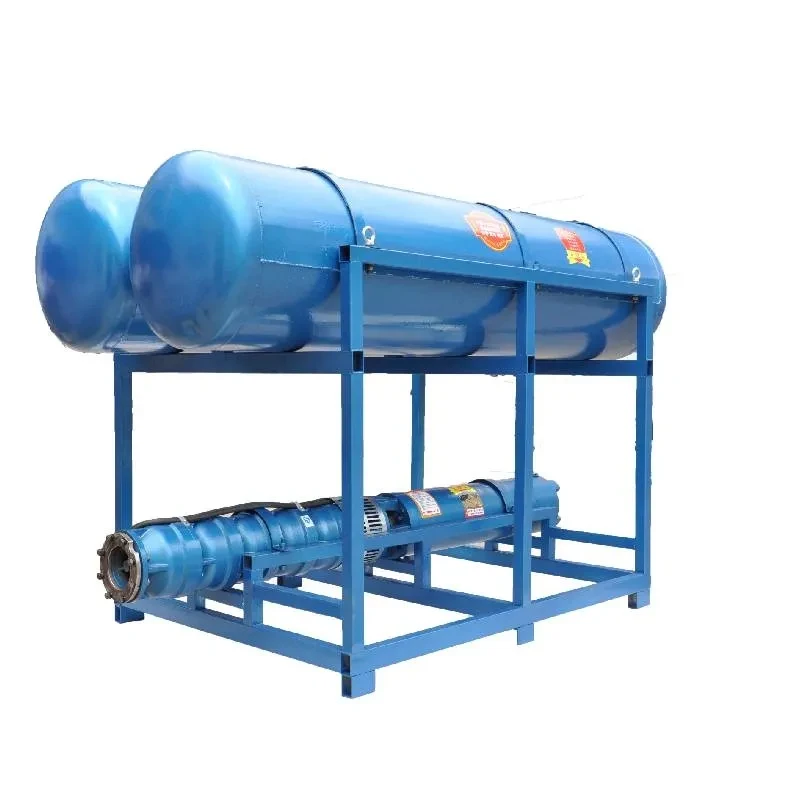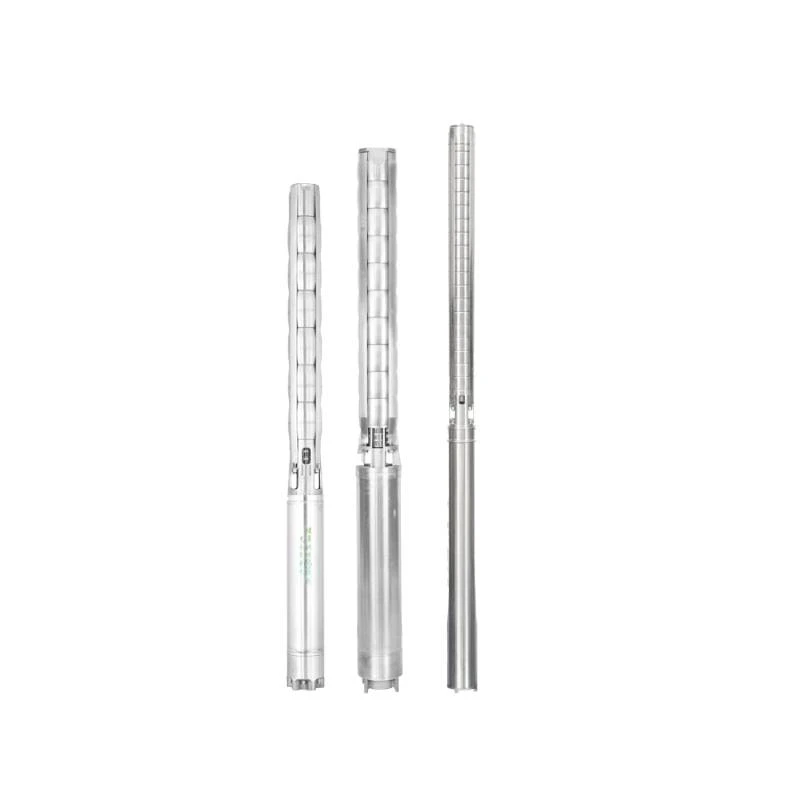Nov . 19, 2024 14:15 Back to list
how to use submersible pump
How to Use a Submersible Pump
Submersible pumps are essential devices used in various applications, from draining flooded basements to extracting groundwater. Unlike traditional surface pumps, submersible pumps are designed to be placed underwater, making them efficient for moving liquids from lower to higher elevations. In this article, we'll explore the key steps and considerations for using a submersible pump effectively.
Understanding the Basics
Before diving into the usage, it’s crucial to understand how submersible pumps work. These pumps consist of a motor that is sealed to prevent water intrusion and an impeller that helps in pumping the water. They operate by converting rotational energy into kinetic energy, allowing them to deliver high-pressure output at various flow rates.
Choosing the Right Submersible Pump
Selecting the appropriate submersible pump for your needs is the first step. Factors to consider include
1. Pumping Depth Determine how deep the water source is. Pumps are rated by their maximum depth capacity. 2. Flow Rate Assess how much water you need to pump within a specific timeframe, often measured in gallons per minute (GPM). 3. Liquid Type Ensure the pump is suitable for the type of liquid being transported (clear water, sewage, etc.). 4. Power Source Confirm whether you want an electric or gasoline-powered pump, based on availability and convenience.
Preparing for Use
Once you have the right pump, preparation is key to ensure safe and efficient operation
how to use submersible pump

1. Inspection Before use, inspect the pump for any damage, frayed wires, or deformities. This ensures safe operation and prolongs the pump's lifespan. 2. Positioning Submersible pumps need to be placed below the water level. Ensure there is enough clearance around the pump to allow for free movement of water. 3. Power Connection If your submersible pump is electric, make sure to have it connected to a GFCI (Ground Fault Circuit Interrupter) outlet to protect against electrical shocks. 4. Hose/Discharge Pipe Setup Attach the discharge hose or pipe to the outlet. Make sure it is secured tightly to prevent leaks.
Operating the Submersible Pump
With everything prepared, you can now operate the pump
1. Submersion Place the pump in the water. Ensure it is fully submerged, but don’t let it sit on the bottom, as sediment can clog the intake. 2. Powering On Turn on the pump either manually or via a switch. Some pumps come with float switches that automatically turn the pump on or off based on water levels. 3. Monitoring Keep an eye on the system while it operates. Look out for abnormal vibrations, noises, or changes in water flow. If you notice any issues, power off the pump immediately.
Maintenance and Safety
Regular maintenance is vital for the longevity of your submersible pump
1. Cleaning At least once a season, clean the pump and the surrounding area to remove debris and prevent clogging. 2. Storing If you’re using the pump intermittently, store it above water when not in use and in a dry area to prevent damage. 3. Check Seals Regularly inspect seals for wear and replace them when necessary to avoid water damage to the motor.
Conclusion
Using a submersible pump can be straightforward and efficient if you follow the right procedures. By understanding how to select, prepare, operate, and maintain your pump, you can ensure optimal performance for your water-sumping needs. Whether dealing with flooding, irrigation, or water transfer, a properly used submersible pump can save you time and effort, making it an invaluable tool in various scenarios. Remember to prioritize safety and routine maintenance to extend the life of your pump and enhance its performance.
-
Troubleshooting for Water-Filled Submersible Pumps
NewsJun.04,2025
-
Troubleshooting for Floating Deep Well Submersible Pumps
NewsJun.04,2025
-
How to Choose SS Submersible Pump for Deep Well Applications
NewsJun.04,2025
-
Floating Deep Well Submersible Pump Cost: Factors Affecting Pricing
NewsJun.04,2025
-
Buying Guide for Deep Well Submersible Pumps
NewsJun.04,2025
-
Best Submersible Pumps for Agriculture and Irrigation
NewsJun.04,2025
-
 Troubleshooting for Water-Filled Submersible PumpsSubmersible pumps are essential for various applications, including irrigation, drainage, and water supply systems.Detail
Troubleshooting for Water-Filled Submersible PumpsSubmersible pumps are essential for various applications, including irrigation, drainage, and water supply systems.Detail -
 Troubleshooting for Floating Deep Well Submersible PumpsWhen it comes to reliable water extraction solutions, the floating deep well submersible pumps stands out as a top choice for both residential and industrial applications.Detail
Troubleshooting for Floating Deep Well Submersible PumpsWhen it comes to reliable water extraction solutions, the floating deep well submersible pumps stands out as a top choice for both residential and industrial applications.Detail -
 How to Choose SS Submersible Pump for Deep Well ApplicationsWhen it comes to deep well water extraction, selecting the right pump is crucial for efficiency, durability, and long-term performance.Detail
How to Choose SS Submersible Pump for Deep Well ApplicationsWhen it comes to deep well water extraction, selecting the right pump is crucial for efficiency, durability, and long-term performance.Detail
